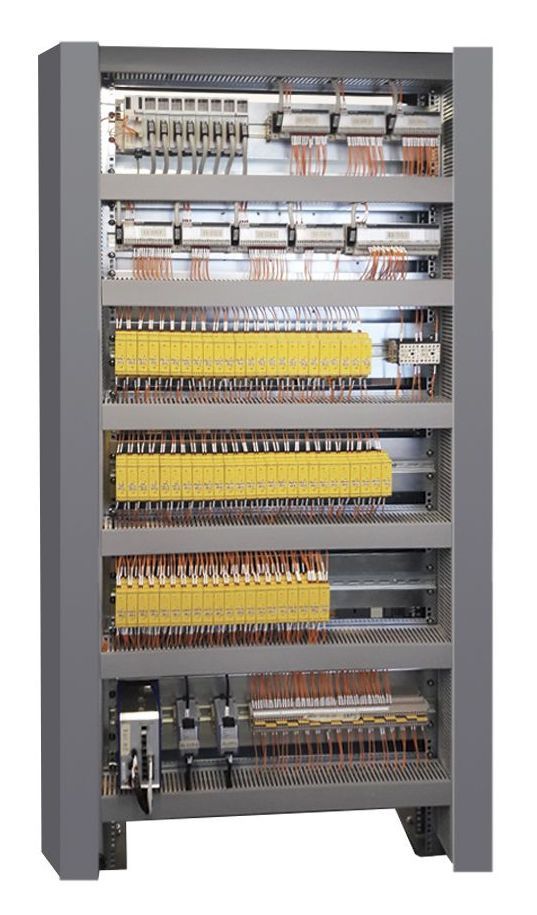CLEARSY Industrial smart solution for the implementation of safety interlocking logic

Since its creation in 2001, CLEARSY has been offering more and more innovative solutions to secure transport, especially in urban areas. For almost 10 years, CLEARSY has been offering to drive interlocking via SIL4 certified off-the-shelf PLCs, in competition with traditional wired logic solutions based on NS1 type gravity relays or dedicated computers. This smart solution allows for easy design, certification, deployment and of course maintenance throughout the life of the system, as well as easy renewal.
Hight safety solution
The architecture proposed by CLEARSY is based on a HIMA safety PLC (standard products - SIL4 certified PLC for railways) coupled with CLEARSY RS4 relays (also SIL4 certified) interfacing with the controlled equipment.
Based on the signalling principle diagrams and technical drawings, CLEARSY implements the interlocking logic in the PLCs and validates it according to a process that complies with the railway standards, in particular the EN50128. All the documents are then presented to an independent certifier (ISA) to obtain a positive SIL4 evaluation report.
The RS4 relay ensures the interface with the trackside equipment while guaranteeing a level of insulation (2 KVA) and the maintenance of the SIL4 safety level.
All the documents and software sources are then transmitted to the customer (dedicated solution - non-proprietary) which allows him, if he wishes, to be autonomous in the management of the solution and its possible evolutions, or even in its porting to a more recent PLC.

Scalable and easy to integrate system
The fact of having programmed logic makes it much easier to evolve. Indeed, it is enough to implement the evolution and to re-run the automatic tests in the laboratory to validate the modification and the non-regression. Thus, all the cabling and deployment elements are not necessarily revalidated on site (except for new interfaces if necessary). The effort required is therefore less and the execution schedule is limited and controlled.
These potential changes can therefore be made at any time during the development cycle or the life of the project without calling into question the work already done.
This architecture, which can be repeated for each project, also makes it possible to anticipate supplies much better, as they are only a function of the number of inputs/outputs (regardless of the technical plans). Unlike relay logic, where it is not possible to know a priori how many relays are needed without having finalised the design studies for the logic. The same applies to the design of the cabinets, which can be done at the same time as the logic studies. This means that the design and manufacturing schedules can be significantly optimised.
In addition, especially for complex interlocking, the space requirement is drastically reduced with this type of solution because:
- The only safety relays required are at the interfaces with a limited need for useful contacts
- There is no need for a bulky NS1 type chassis
- All the logic is contained in the PLC
Finally, RS4 relays are not subject to gravity, so they are not subject to the installation constraint associated with the proximity of the tracks (RS4 relays are compatible with on-board vibration-shock standards)

Performance
References:
Since 2017 CLEARSY has participated in the deployment of more than 30 manoeuvring zones in the following projects, in partnership with MOBILITY:
- LUXEMBOURG Tramway (50 routes - in operation since 2017)
- NICE Tramway (138 routes - in operation since 2018)
- CAEN Tramway (67 routes - in operation since 2019)
- PARIS Tramway T12 & T13 (115 routes - in operation since 2020)
- BORDEAUX Tramway (18 routes - in progress)
- Corsica railway (in progress)









